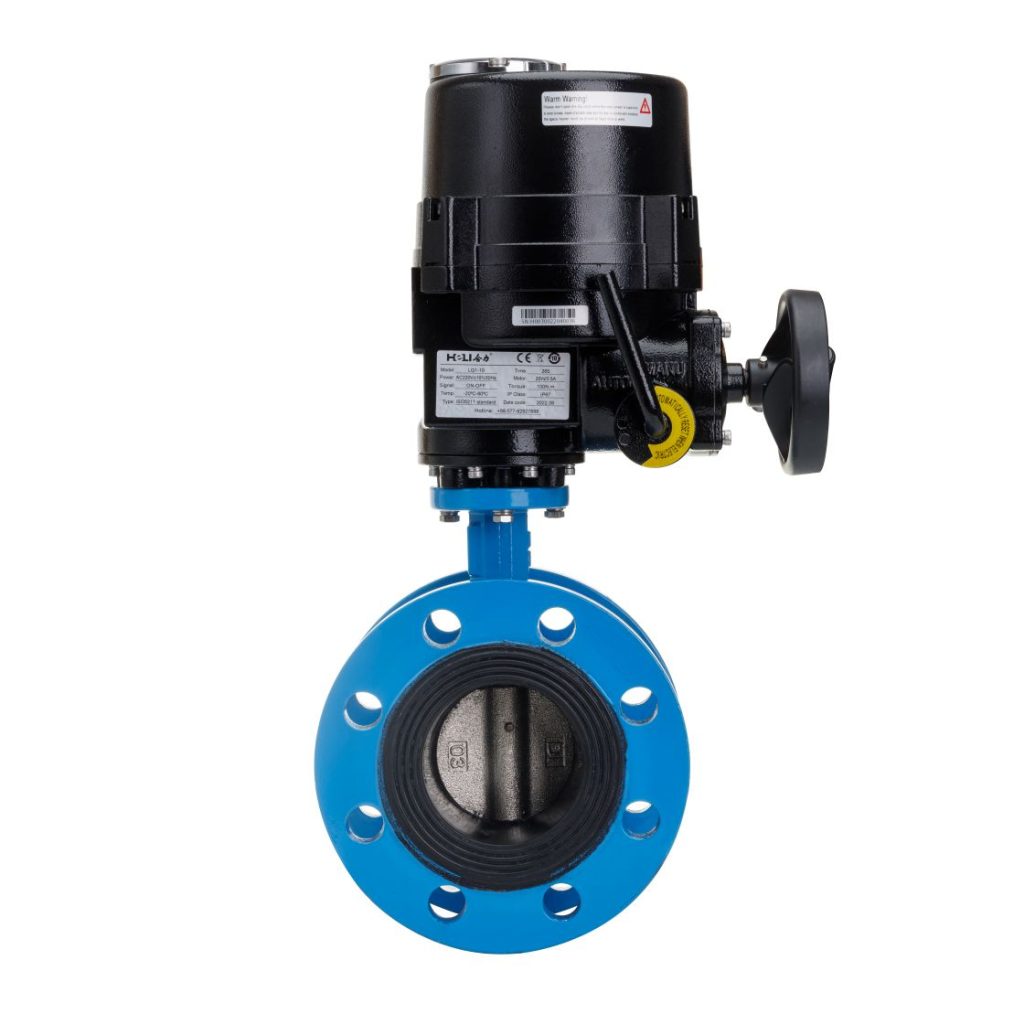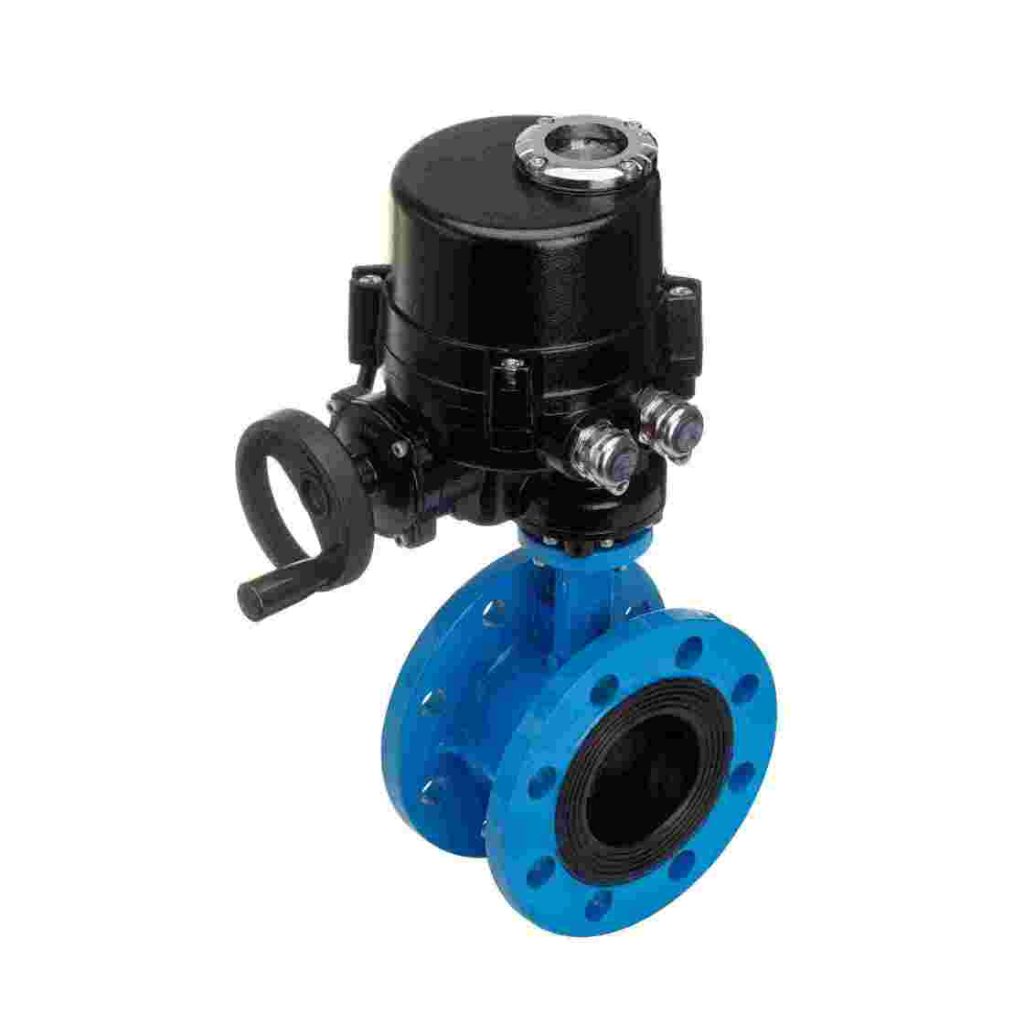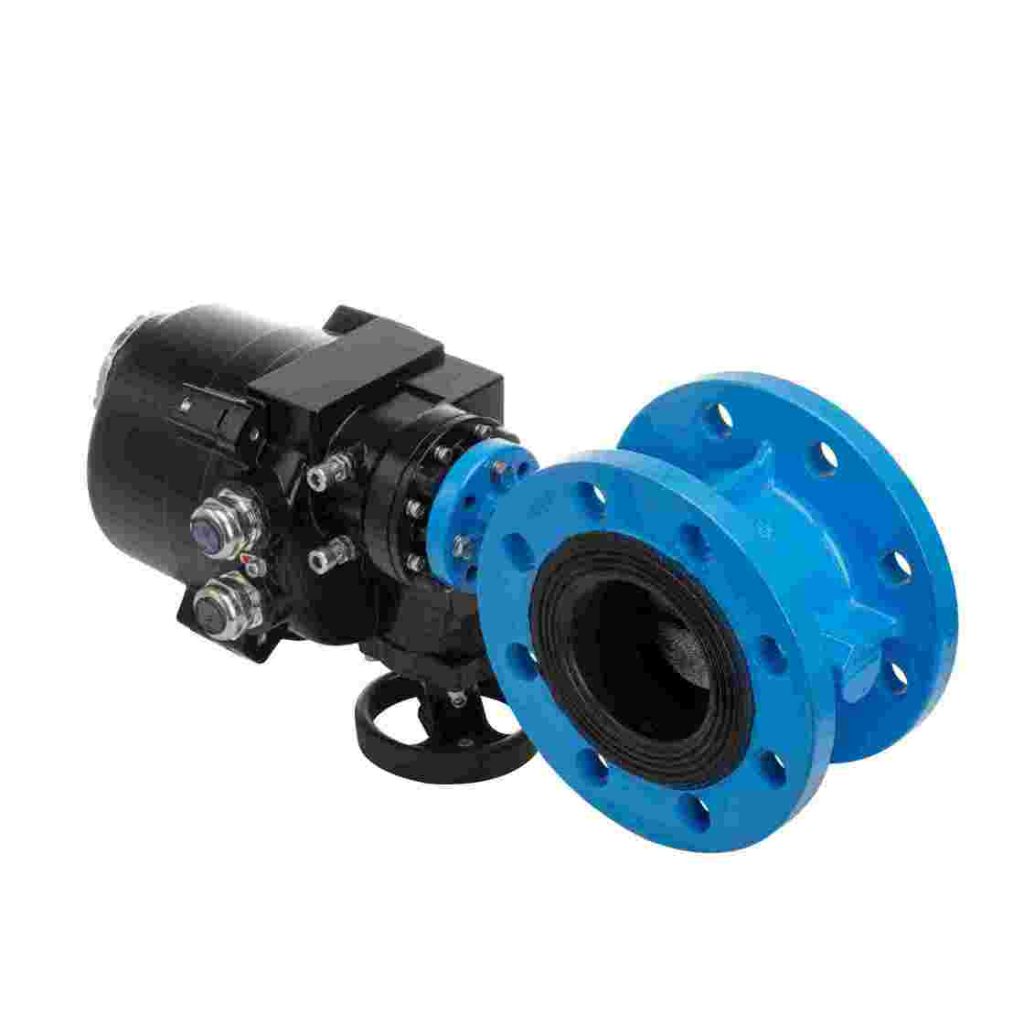As the world shifts towards cleaner and more sustainable energy sources, hydrogen has emerged as a promising candidate to play a key role in reducing carbon emissions and facilitating the transition to a low-carbon economy. Central to this shift is the need for efficient, reliable, and safe systems to manage hydrogen energy, which is where the Hydrogen Energy Electric Flanged Butterfly Valve comes into play. This article explores the role of these valves in hydrogen energy systems, their functionality, and their importance in ensuring safe and efficient operations.

What is a Hydrogen Energy Electric Flanged Butterfly Valve?

A Hydrogen Energy Electric Flanged Butterfly Valve is a type of valve used primarily in pipelines and systems that transport hydrogen gas. The valve combines the characteristics of a butterfly valve and an electric actuator, making it well-suited for applications in hydrogen energy systems. The “flanged” aspect refers to the design of the valve’s connection points, which allow it to be securely attached to pipeline systems using flanges, ensuring a tight, leak-proof seal. The butterfly valve design is particularly effective for handling hydrogen because of its simple and compact structure. The valve consists of a disc, which rotates to control the flow of hydrogen through the pipeline. When the valve is open, the disc is turned parallel to the flow, allowing hydrogen to pass through. When the valve is closed, the disc is turned perpendicular to the flow, stopping the gas.
